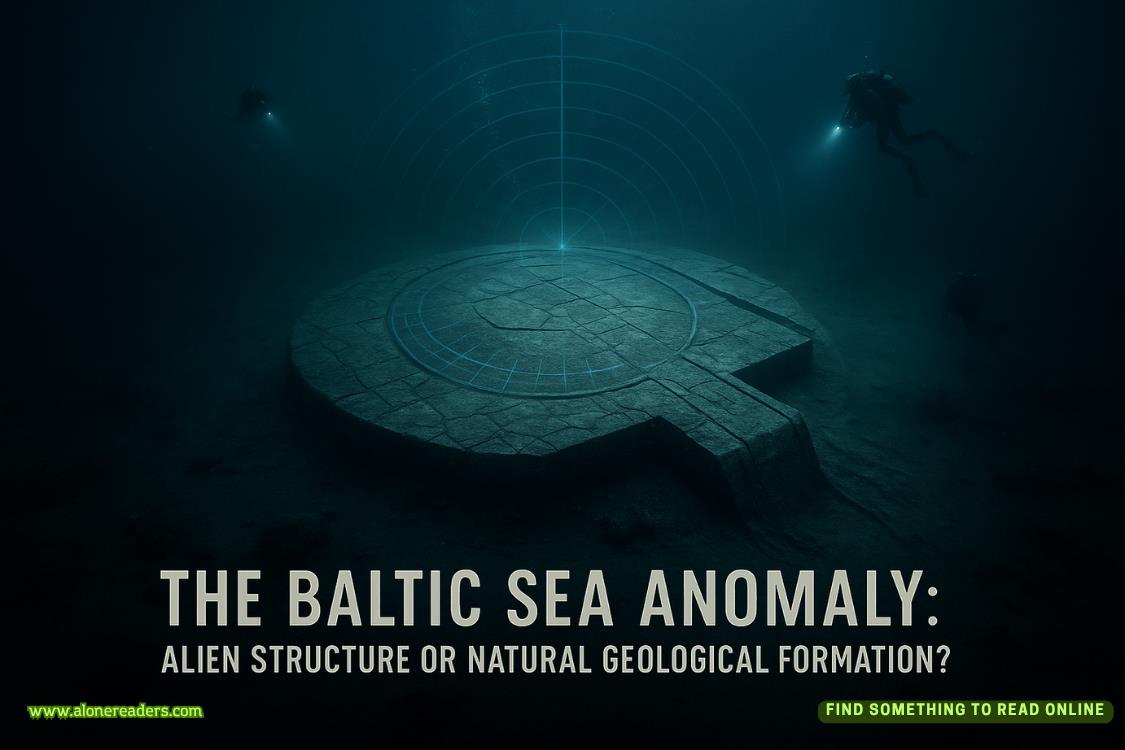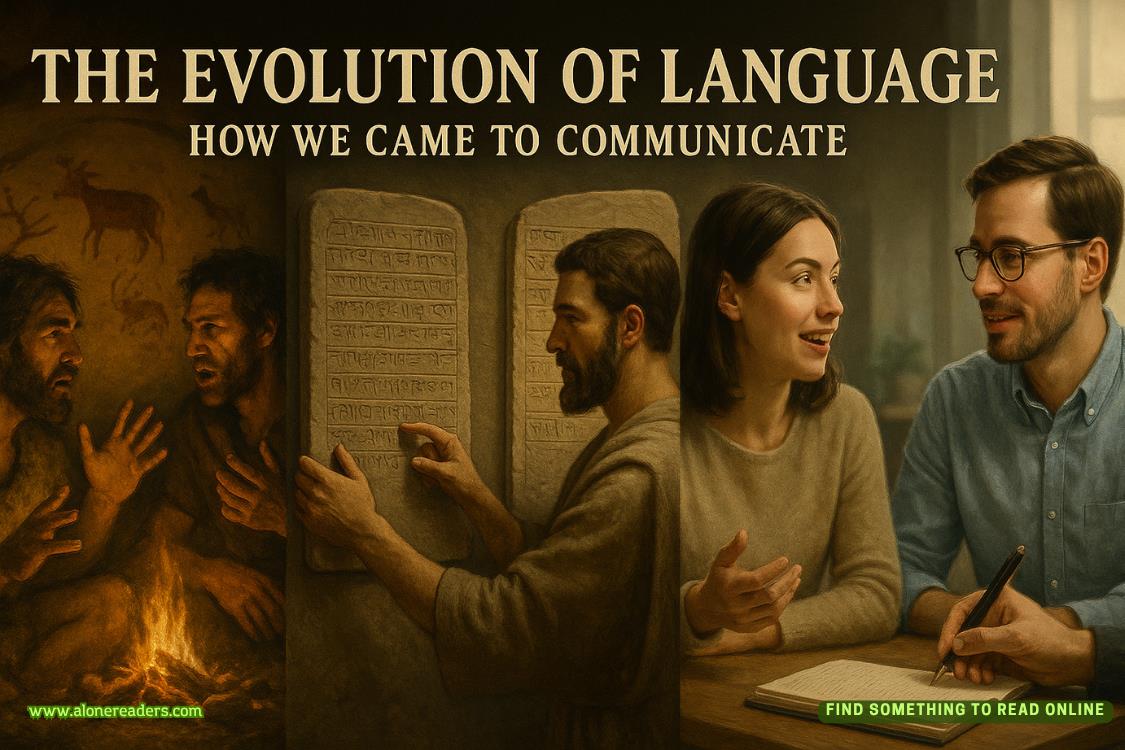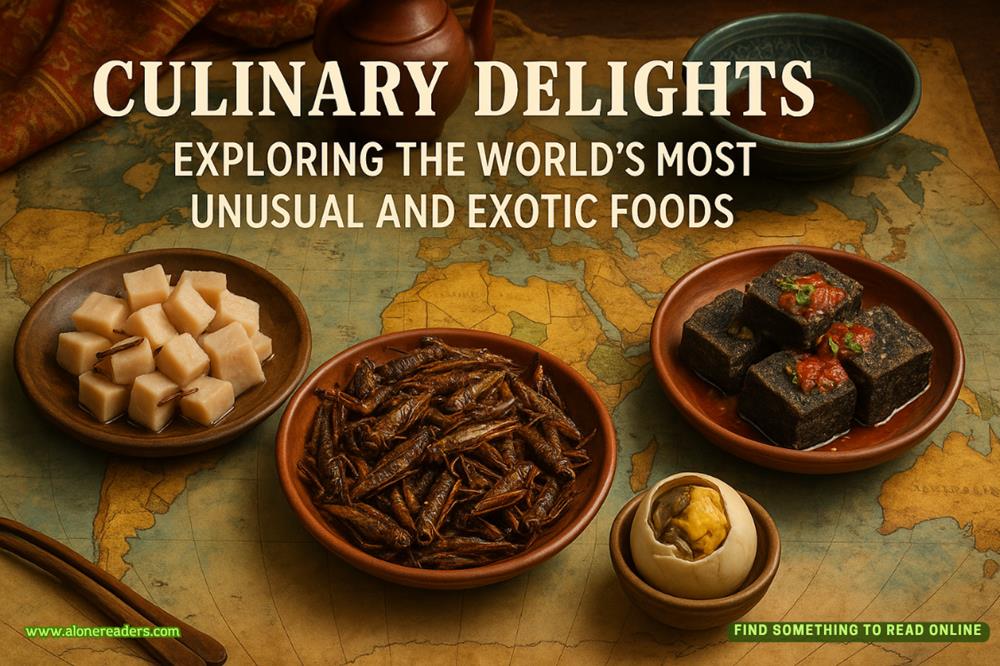Page 38 of The Christmas Retreat
Opal, the dominant twin, said they had also been inspired by last night’s talk and they would take the house tour, but intended skipping the pottery in order to explore the path the procession would take up the slope behind the house, looking for suitable locations for their artwork.
To my surprise, Pearl contradicted her sister, a mulish expression on her pale, pointed face. ‘But I told you, Opal, I want to see over the pottery. I’m very interested in ceramics,’ she explained to the rest of us.
‘This one only makes commercial ceramics. There’s nothing interesting about that,’ Opal said.
‘Actually, Timon is a very fine ceramic artist and has a studio there, where he produces original work,’ said Nerys, mildly.
‘There!’ said Pearl, clearly prepared to dig her heels in. I could see she was only in thrall to her stronger twin to a certain extent and then would quietly and stubbornly resist, rather like my method of dealing with Evie’s steamrollering tactics.
Opal gave her a look like a basilisk, but joined the rest of us gathering around Nerys as she launched into what was clearly her usual talk.
‘Right, everyone, since we are in what was formerly called the ballroom, we’ll begin here. The central part of the house is very old, with various wings and rooms built on over the years, including this one in early Victorian times. It’s big enough for several couples to dance in, but now makes a great dining and recreational area, especially useful when we have a house fullof visitors. We confine our Christmas retreat guests to six – stretched to seven this year, because of the twins – but we can accommodate sixteen, in single rooms, of course, because everyone has come here to work and, as Virginia Woolf said, you need a room of your own for that.’
She led the way into the hall. ‘The kitchen, with the back stairs and a side door to the shrubbery via a small garden hall, are down there and also a door to the private family rooms on that side …
‘I’m afraid it is a bit of a rabbit warren,’ she apologised as we followed her down another passage that ended in a large artist’s studio, well lit and with that lovely familiar smell of oil paint, linseed oil and turpentine.
‘Originally built by my great-grandfather, the artist Cosmo Caradoc. He was very well known in his time, but has rather fallen out of favour since. Artists visiting Triskelion are very welcome to use the studio.’
There was a huge vase of flowers on a table against a swathe of bright brocade, into which the colours of the flowers seemed to melt, and a painting on an easel before them, a swirl of bold strokes, a semi-abstract depiction that was quite exciting.
Evie appeared to agree. Moving in front of it she murmured, ‘Brilliant!’
‘That flower arrangement would make a perfect watercolour,’ said Verity.
‘You are welcome to paint them, but you will have to be speedy because they are beginning to droop – they’re hothouse flowers from Castle Newydd. I mean to complete my picture later, after the tour,’ said Nerys. ‘But then, you can always drive over to Castle Newydd and buy more, can’t you? These were a gift, but they sell them there in the garden centre.’
‘At a price, I expect,’ said Verity. ‘I rather specialize in floral paintings,’ she explained to the rest of us.
‘I expect you can find something cheaper there, like a pot of hyacinths or something,’ suggested Nerys. ‘Come along, everyone, back to the Grand Tour!’
Returning to the hall, she gestured to two doors on the kitchen side and told us they were the private family quarters. Then we went into the long living room, which extended right to the large semi-circular bay window at the back of the house, and looked different in daylight.
There was a view of the long sloping lawn, as from my room but without the glimpse of the sea.
The TV room, where Noel had given us the talk last night, was off the other end and then a library.
It was a pleasant room, with old leather chairs and oak shelves, a desk and tables, and a large, antique globe on a stand.
Nerys gestured to the oil painting over the fireplace.
‘This is one of the last paintings my great-grandfather did. It’s of a view near Blaenau Ffestiniog and shows how by this stage his earlier formal style of landscape painting was evolving into a much looser one with a lighter palette.’
Evie was looking at it with great interest. ‘Yes, he certainly did change his style! I’ve been researching him,’ she said. Then her eye fell on a framed sketch of a woman’s head nearby and she exclaimed: ‘Here’s a familiar face. She looks exactly like my mother!’
‘That’s a sketch of a young woman who was briefly Cosmo Caradoc’s ward in 1919,’ said Nerys. ‘It was drawn by my grandfather, Hugh Caradoc-Jones.’
Evie’s image, mirrored in the glass, was superimposed overthe girl’s aquiline features almost exactly. I was certainly not the only one to notice, either.
‘But … she looks just likeyoutoo!’ exclaimed Opal, before adding thoughtfully, ‘That’s such an interesting concept, the idea of one identical face superimposed over another …’
‘But what a coincidence that you should resemble her so much, Evie,’ said Verity.
Evie turned and grinned at us. ‘Oh, it’s not such a huge coincidence, because this must be a picture of my grandmother, Arwen Madoc, the ward of Cosmo Caradoc that you, Nerys, mentioned. I just had no idea it existed till now.’
‘Your … grandmother?’ echoed Nerys.
‘Yes,’ said Evie brightly. ‘She is the artist I have come here to research. I am writing a joint biography of her and the artist Milly Vane, with whom she lived in Cornwall after she left here. But I know nothing of her stay here at Triskelion and I’m hoping you can fill me in on some details of that, Nerys.’















